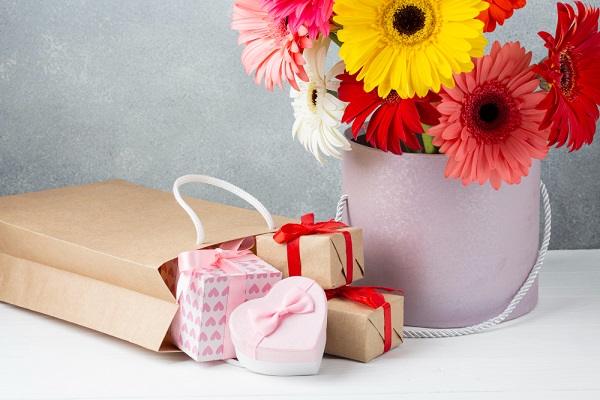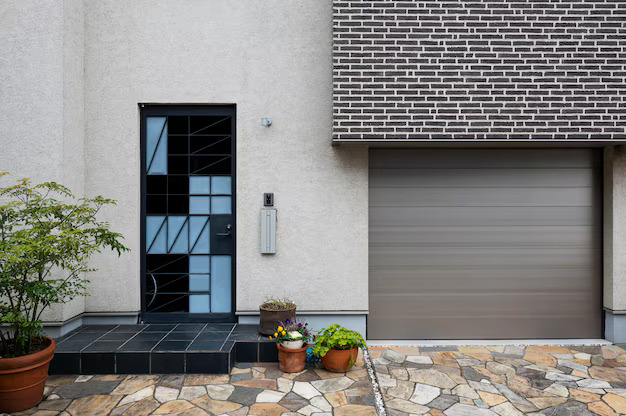
Flowers are powerful natural communicators that assist people in making sense of their moods and emotions. They help them express things that are hard to put into words. They have been used for millenniums to convey emotion when words fail.
Flowers and Their Language of Emotion
Evidence suggests flowers do more than look good. They can even alter how we feel. Scientists have discovered that flowers stimulate happiness. They elevate moods, reduce anxiety, and make people feel more connected to one another.
- Lavender
Lavender is an excellent flower that makes people feel secure and calm. Its gentle purple hue and calming scent help create a space where folks feel safe to share. And so, a Toronto florist knows that lavender is much more than a lovely shrub. It acts as an antiseptic and as a soothing balm. This is also one way that it primes an environment for honest communication.
- Roses
Roses are particularly good at assisting a person in rebuilding trust as they bring an emotional language to the table. So much so that when people get roses, they relax and feel happy. Together, each rose symbolizes a commitment to healing and reconnection. In building trust, roses show you care enough to make a significant gesture. They convey respect, love, and a desire to move ahead together. Whether in a bouquet for flower delivery or as a present, roses can melt the stiffest heart and make room for reconciliation.
- Sunflowers
Sunflowers are like emotional sunshine, providing perspective and openness to relationships. These flowers embody honesty, frankness, and good communication with their bright yellow petals. These are some ways that help build trust. Sunflowers encourage someone to open up and be their true self.
- Orchids
Orchids are a sophisticated way to build trust. So, their delicate and refined look conveys respect and comprehension. While more flamboyant flowers scream for attention, orchids offer the chance to be timid and intentional. They represent inner strength and emotional intelligence. When given as a gift, orchids are a sign that you appreciate the recipient and have patience and grace.
- Chamomile Flowers
Chamomile flowers are the gentle guide of trust built slowly, attentively, and patiently. Like chamomile tea calms the physical body, these flowers calm emotional tension. They signify a gentle style of repairing relationships. They also symbolize that trust takes time to develop. Take every opportunity to connect with someone and do it with patience and empathy.
- White Lilies
White lilies are potent symbols of emotional renewal and truthfulness in communication. Their pristine white petals symbolize a new beginning. They are perfect for mending issues when misunderstandings happen. These flowers represent a need for clarity and the determination to move forward. In building trust, white lilies represent that everyone gets to start over with sincerity and hope.
- Hydrangeas
Hydrangeas signify the complex, multilayered nature of trust. Their full, abundant blooms imply that trust is not simple but rather a rich, uncommon experience. These clusters of hydrangeas symbolize how multiple perspectives can come together in harmony. In trust-building, these flowers tell us that understanding means looking at several perspectives. They say that not every relationship is black and white.
Conclusion
If you are thinking about flowers to build trust, remember that the gesture counts for more than the flower itself. During anxiety-inducing situations, a thoughtful delivery shows you care and want to be a support. These are not trinkets — flowers are some of the most influential communicators of emotion. They can encourage people to mend, solidify, and restore relationships in enormous and lovely ways.
